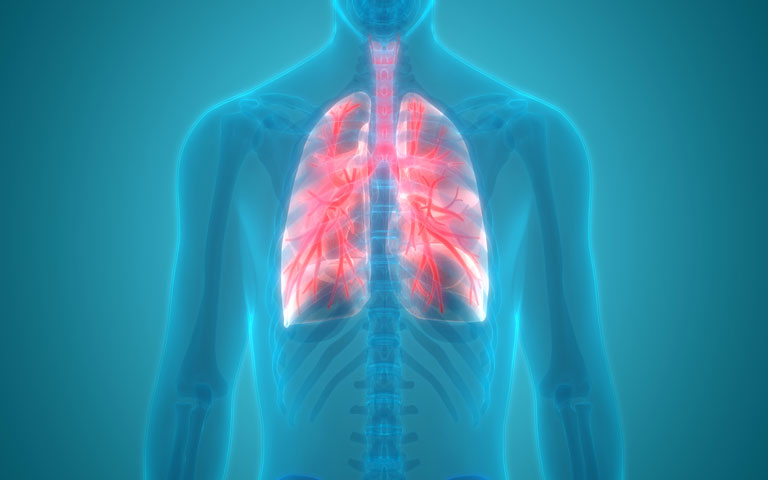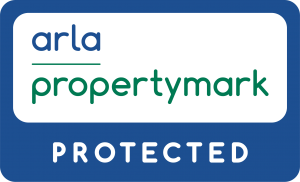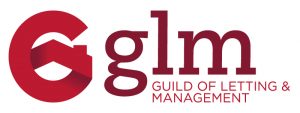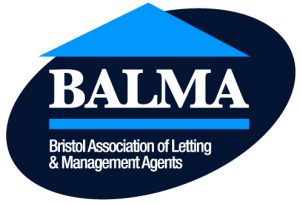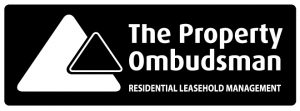Legionnaires’ disease occurs when droplets of water contaminated with Legionella bacteria are inhaled. It is a potentially fatal form of pneumonia and the symptoms are similar to that of flu – high temperature/fever, cough, muscle pain, headache, diarrhoea, confusion. If you suspect Legionnaires’ disease, you must get help immediately.
Why is this relevant to rental properties?
Man-made hot and cold water systems within most properties provide the ideal environment for Legionella bacteria to grow – suitable temperature, water droplets produced and dispersed (shower heads etc), water stored in tanks and/or recirculated, some “feed” for the organism such as rust/sludge/scale.
What do you need to do about it?
As a landlord you have a responsibility to manage the risk of Legionnaires disease within your property under the Health and Safety at Work Act 1974. As an agency we manage that risk on behalf of landlords in our managed properties.
We:
1) Recommend a third party risk assessment prior to commencement of letting
2) Carry out our Legionella protocols at check in such as running taps for 3 minutes to drain out stagnant water and checking shower heads for signs of dirt or limescale
3) Liaise with tenants to ensure that relevant precautions are taken if the property is going to be left empty for more than 2 weeks
4) Advise tenants of the relevant symptoms and how to reduce the risk
The advice given to tenants is as follows:
1) Make sure your boiler is set correctly. Hot water should be 50 degrees or more.
2) Cold water should be cold, not lukewarm. Please report it if this is not correct.
3) Regularly flush through any taps or showers not in regular use by running for 3 minutes
4) Disinfect and descale shower heads at least every 6 months
5) If you leave the property empty for longer than 2 weeks, please advise us of this, and on your return run all water outlets for 3 minutes.
